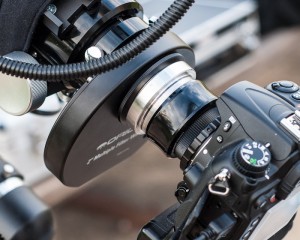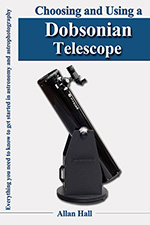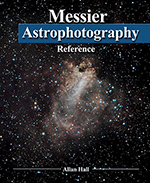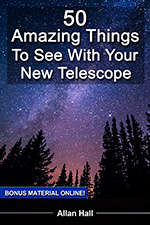Widefield refers to taking a picture of a large portion of the sky at one time. This could be as small a section as one constellation or as large as the entire sky at once. Widefield astrophotography is a great way to image things like the Milky Way, meteor showers or the moon so you can include other items with it.
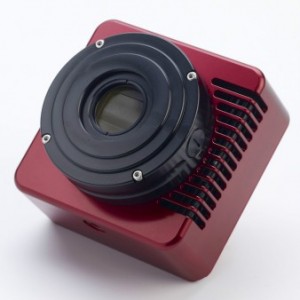  CCD Images |
Some objects are just too large to be in a normal image. Sometimes you want to include more than just one object. Sometimes you just don’t have much in the way of astrophotography equipment. Whatever the reason, there are times when you need to put on a wide angle lens if shooting DSLR astrophotography or shorten the focal length of your telescope for the image you want.
Star trails are probably the number one example of a widefield image. When shooting these you normally put the camera on a tripod or non-tracking mount and shoot really long exposures. This tends to make objects on the ground light up while streaking the stars in the sky. This is particularly interesting when you can put the north or south celestial pole in the shot so that the stars rotate around it.
The milky way is most likely the second most frequently shot widefield target in astrophotography. This is that hazy looking area of the sky on a clear night from an area with little to no light pollution. From a really nice dark site it really can light up the sky. What you are seeing or imaging is actually the flat concentrated area of the disc of our galaxy which contains millions of stars. It certainly can be awe inspiring.
Another great use of this type of photography is larger constellations. An image of Orion for example when shot widefield from a tracking mount shows the wonderful nebulousness normally hidden inside. I have a widefield image of Orion in my gallery, take a look.
Share this post!





